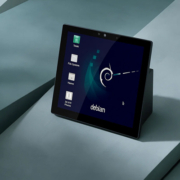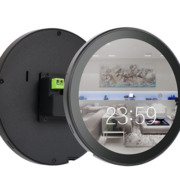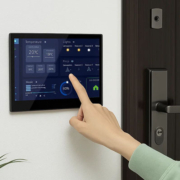Understanding Smart Home Control Solutions
Understanding the Foundation of Smart Living
In today’s digitally connected world, convenience, efficiency, and security are no longer luxuries—they’re expectations. At the heart of this technological evolution lies the smart home control system—a centralized platform that allows homeowners to monitor and control various devices within their home environment. But what exactly is a smart home control system, and how can it redefine the way we live, work, and interact with our spaces?
What is a Smart Home Control System?
A smart home control system is an integrated solution that connects and automates a variety of home devices—such as lights, thermostats, door locks, surveillance cameras, blinds, and entertainment systems—allowing users to control them via a touchscreen panel, smartphone app, or voice commands. These systems often include scheduling, scene-setting, remote access, and energy monitoring capabilities.
Rather than controlling each device individually, a smart home control system brings everything together into one interface for seamless interaction and automation.
Key Features of a Smart Home Control System
-
Centralized Control
Whether through a wall-mounted smart panel or a mobile app, users can control all connected devices from a single platform. -
Inter-device Communication
Devices communicate with one another via protocols like Zigbee, Z-Wave, Wi-Fi, or Matter, enabling more complex and intelligent automation. -
Remote Access & Monitoring
From anywhere in the world, homeowners can access their system to monitor surveillance footage, adjust lighting, or check whether doors are locked. -
Automated Scenes & Schedules
Users can program specific routines, such as a “Good Morning” scene that adjusts lights, temperature, and music automatically at a set time. -
Voice Assistant Integration
Most systems integrate with Alexa, Google Assistant, or Siri, allowing hands-free control of your environment. -
Security Integration
Real-time alerts, video doorbells, and motion sensors can all be monitored and managed through the smart home control panel.
Why Smart Home Control Systems Matter
A well-designed smart home control system enhances:
- Convenience: Manage your entire home from one screen or app.
- Energy Efficiency: Track and reduce power consumption through intelligent automation.
- Security: Get notified of intrusions or unusual activity instantly.
- Accessibility: Great for elderly or disabled individuals who benefit from automated systems.
Portworld’s Smart Home Control Panel Solutions
Portworld stands at the forefront of smart home innovation, offering 4-inch and 5-inch smart control panels tailored for both residential and commercial environments. Our Android-based smart home control panels are designed with OEM/ODM flexibility, allowing customization for various applications—be it in luxury homes, offices, hotels, or smart apartments.
Why Choose Portworld?
- Customizable Interfaces: Tailor the UI/UX for different user needs or branding.
- PoE Support: Simplified installation with Power over Ethernet, reducing wiring complexity.
- Reliable Hardware: Industrial-grade components ensure durability and long-term operation.
- Seamless Integration: Compatible with mainstream protocols and platforms like Tuya, Zigbee, and Matter.
- CKD/SKD Options: Reduce import tariffs and enjoy flexible local assembly support.
Whether you’re a system integrator, property developer, or smart home installer, Portworld’s smart home control panel solutions help you deliver modern automation experiences with full technical support and global delivery.
The Future of Smart Home Control Systems
As AI and IoT continue to evolve, future smart home control systems will:
- Learn user behavior to deliver predictive automation.
- Offer deeper integration with health monitoring and wellness tools.
- Support more open-source and cross-platform compatibility.
- Leverage edge computing for faster local response without cloud dependency.
Homes will become more adaptive, intelligent, and self-regulating—transforming not just how we live, but how we interact with the very concept of a living space.










